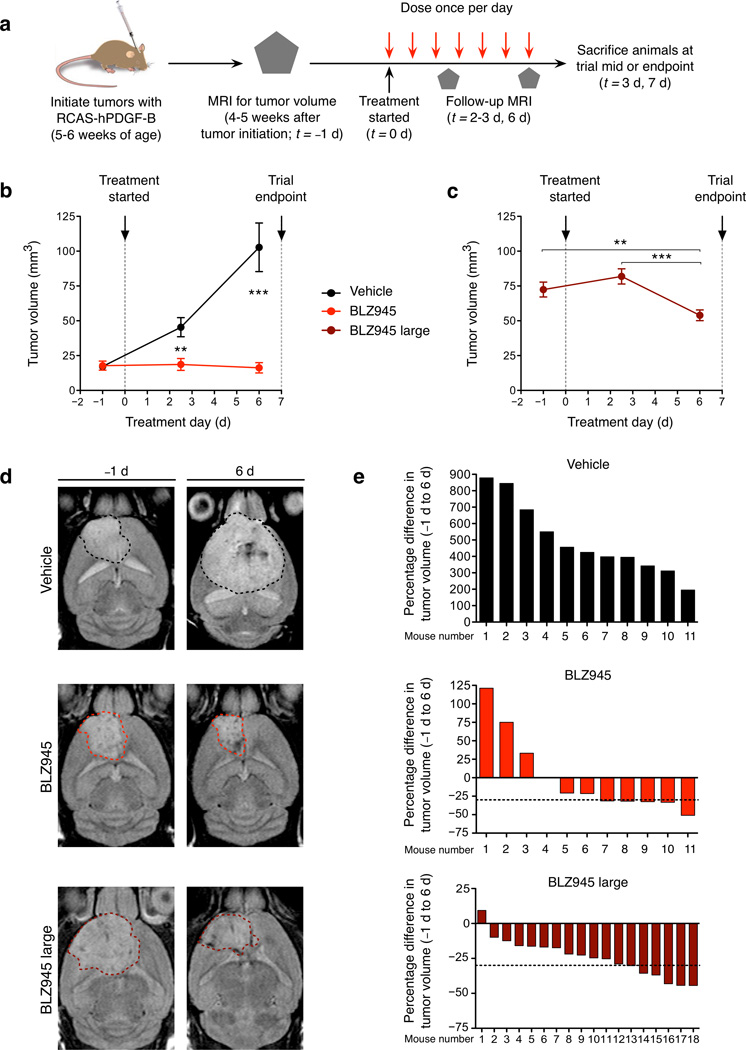Figure 2. CSF-1R inhibition blocks tumor growth and effectively regresses established gliomas.
(a) Experimental design for short-term 7d trial: PDG mice bearing detectable tumors by MRI were randomly assigned to vehicle or BLZ945 groups, with follow-up MRI as depicted. (b) Graph showing mean tumor volume over the time course for mice whose starting tumor volume was 4.5–40 mm3 (vehicle or BLZ945, n = 11 per group) or (c) > 40 mm3 (BLZ945 large, n = 18). (d) Representative images of T2-weighted MRI scans from the start and endpoint of the trial. Dashed line indicates region of interest used to calculate tumor volume. (e) Waterfall plots depicting change in tumor volume at endpoint relative to starting tumor volume for each individual mouse. Horizontal dashed lines indicate a 30% decrease in tumor volume. In the vehicle group, there was a progressive, substantial increase in tumor growth, ranging from 195–879%. By contrast, in this short treatment period, 6 of 18 mice in the BLZ945 large group had >30% reduction in tumor volume, qualifying as a partial response according to Response Evaluation Criteria in Solid Tumors (RECIST). Graphs show mean ± s.e.m. P values were obtained using unpaired two-tailed Student’s t-test; **P<0.01, ***P<0.001.

